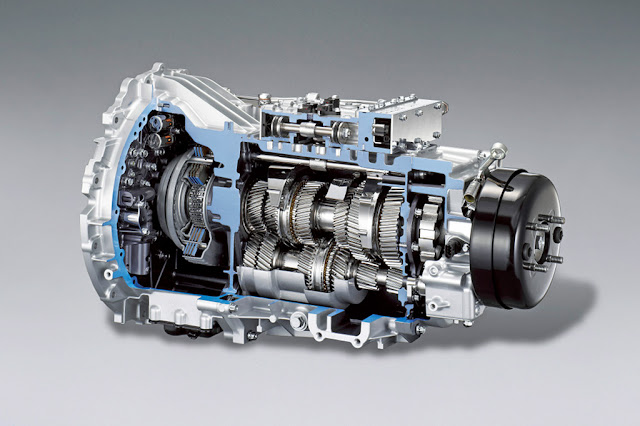The Future of Carbon Capture and Storage Technology
The future of Carbon Capture and Storage (CCS) technology holds significant promise in the global effort to combat climate change and transition towards a sustainable energy landscape. As the world seeks to achieve ambitious emission reduction targets and limit global warming, CCS is emerging as a crucial tool for decarbonization, carbon neutrality, and even achieving negative emissions.
One of the key directions for the future of CCS technology is continuous
innovation and research to improve the efficiency and cost-effectiveness of
carbon capture processes. Researchers are exploring advanced materials,
solvents, and membrane technologies that can enhance the capture capacity and
selectivity of CCS systems. Breakthroughs in materials science and engineering
are essential for making CCS more economically viable and attractive to a wide
range of industries.
Moreover, advancements in carbon capture techniques are being explored to
capture CO2 from various sources, including direct air capture. Direct air
capture (DAC) technology has the potential to remove CO2 directly from the
atmosphere, opening up new possibilities for carbon removal and carbon
offsetting. Integrating DAC with CCS can enable negative emissions, where more
CO2 is removed from the atmosphere than is emitted, helping to counterbalance
historical and ongoing emissions.
According to Coherent Market Insights the
carbon
capture and storage market was valued at US$ 1.76 Bn in 2021 and
is forecast to reach a value of US$ 4.3 Bn
by 2030 at a CAGR of 10.6%between 2022 and 2030.
Another area of focus in the future of CCS technology is optimizing CO2
transport and storage. Innovations in pipeline technologies and transportation
infrastructure can enhance the safe and efficient transfer of CO2 from capture
sites to storage locations. Smart monitoring systems and advanced modeling
techniques can ensure the integrity of CO2 storage reservoirs, providing
confidence in the long-term safety and permanence of stored CO2.
Furthermore, CCS can integrate with other clean energy technologies to
form hybrid systems with enhanced capabilities. For example, combining Carbon
Capture And Storage with
renewable energy projects, such as solar or wind farms, can provide a stable
and continuous supply of energy while addressing intermittency issues
associated with renewables. The excess energy produced during peak periods can
be used to power carbon capture processes, making the overall system more
energy-efficient.
Policy and regulatory frameworks will play a pivotal role in shaping the
future of CCS technology. Governments worldwide need to implement supportive
policies that incentivize investment in CCS projects, such as carbon pricing
mechanisms, tax credits, and carbon trading markets. International
collaboration is also critical for sharing knowledge, funding research, and
deploying CCS projects on a global scale.
Public awareness and acceptance of CCS technology are equally important
factors in shaping its future. Educating the public about the benefits and
safety measures associated with CCS can foster support for its implementation
and overcome potential resistance.
In conclusion, the future of Carbon
Capture and Storage technology holds immense potential for driving
meaningful and sustainable climate action. Continuous innovation, research, and
policy support will be essential to making CCS more cost-effective, scalable,
and integrated with other clean energy solutions. With ongoing efforts and
collaboration across governments, industries, and communities, CCS can become a
powerful tool in mitigating climate change, achieving carbon neutrality, and
creating a more sustainable future for generations to come.



%20Market1.png)
Comments
Post a Comment